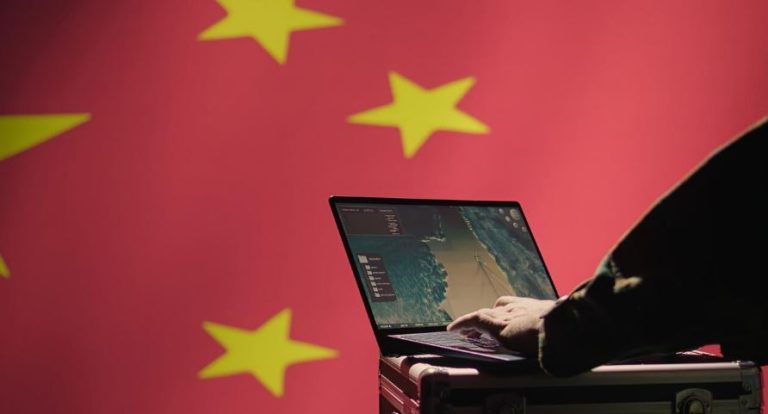China has seen a remarkable transformation in intellectual property rights over the last few decades. The country, which was once criticized for being the center of global counterfeiting, is now pushing the envelope in terms of international cooperation, legal enforcement, and tech patents. Imagine a once-raucous student who began winning science fairs in addition to turning in their assignments early.
China’s IP climate has significantly improved in recent years as a result of its legal reforms, especially those implemented since 2015. Beijing is making it clear that it wants to be viewed as an idea factory rather than just a factory floor by bolstering judicial protection and extending enforcement infrastructure.
China’s Intellectual Property Infrastructure
| Category | Description |
|---|---|
| Legal Milestones | Trademark Law (1982), Patent Law (1984), Copyright Law (1990); all modernized post-WTO accession to align with TRIPS standards. |
| Primary IP Categories | Patents (invention, utility, design), trademarks, copyrights, trade secrets, and geographical indications. |
| Governing Authority | China National Intellectual Property Administration (CNIPA), supported by specialized IP courts and administrative bodies like SAMR. |
| Trademark System | Follows a first-to-file principle, which significantly reduces disputes but demands early registration from foreign companies. |
| Patent Validity | Invention: 20 years; Utility Model: 10 years; Design: 15 years. Each begins from the filing date and must be registered through CNIPA. |
| Recent Legislative Advances | Mandatory case suspensions for related reviews, tighter retrial acceptance criteria, and improved trade secret protections introduced in 2023–2025. |
| Judicial Strategy | Supreme People’s Court’s IP division handles high-value, high-impact cases to ensure focus and consistency across regions. |
| Trade Secret Framework | Strengthened via the Anti-Unfair Competition Law; burden of proof shifts after a prima facie case—particularly beneficial to plaintiffs. |
| Customs Filing Process | Takes 1.5 months and allows registered IP holders to prevent unauthorized imports/exports through direct government action. |
| Official Resource | China National Intellectual Property Administration (CNIPA) |
Using Innovation as the Foundation to Build a Legal Fortress
China is redefining its global position by strengthening its hold on enforcement and judicial consistency, going beyond simply managing infringement. The nation seeks to level the playing field with strategic amendments like the 2025 foreign-related IP dispute regulation. Multinational corporations that previously found the Chinese legal system to be both confusing and unpredictable will especially benefit from these changes.
In many respects, China is constructing an IP ecosystem with the same efficiency as a skyscraper—brick by brick, code by code. In addition to safeguarding its own companies, the state is welcoming foreign inventors by emphasizing quick patent processing and expediting litigation procedures.
Ambition at Home Is Having Global Effects
China’s state-backed tech companies, from biotech to semiconductors, are now more than just manufacturing; they are also patenting, safeguarding, and monitoring. For example, Huawei outperformed many of its Western competitors by filing over 6,000 patents in a single year. This increase reflects a change in perspective: intellectual property is now actively used as a strategic weapon rather than a Western concept that is grudgingly accepted.
China’s approach to first-mover advantage is especially inventive. Companies can obtain exclusive rights—even over globally recognizable brands—by being the first to register. China is making sure its competitors are leaner, faster, and legally armed in the race to the IP office.
How Global Businesses Can Continue to Lead
The changing IP landscape in China presents both opportunities and risks for international companies. It’s like arriving late to a sold-out concert—someone else will take your place if you file for your trademarks or patents after you’ve entered the market.
Pre-registering intellectual property, hiring bilingual legal counsel, and keeping an eye on usage across Chinese e-commerce platforms are therefore crucial for businesses. Businesses can stay ahead of infringers and steer clear of expensive legal disputes by working with regional IP specialists and developing preventive systems in-house.
Additionally, companies can protect internal IP processes through training and strategic partnerships. Consider your intellectual property as a family recipe: if you share it too widely, someone will try to claim it as their own.
The Path Ahead: Juggling Protection and Power
It is anticipated that China’s IP environment will grow even more intricate and considerably more dynamic in the upcoming years. Foreign businesses must adapt as legal frameworks become more stringent and enforcement more assertive.
Businesses can improve their ability to track infringement and expedite their legal responses by utilizing technological tools such as blockchain and artificial intelligence for IP monitoring. When combined with sound filing procedures, these digital tactics are incredibly successful in guaranteeing long-term security.
China is changing international IP standards internally rather than merely responding to them. The country is transforming from an IP outlier to a powerful global player thanks to this evolution, which is motivated by both necessity and ambition.
FAQs
Q: Can I protect my U.S. trademark in China automatically?
A: No, you must file separately in China under their first-to-file system.
Q: Is copyright registration necessary in China?
A: Not legally required but extremely useful in litigation and enforcement.
Q: Are Chinese IP courts fair to foreign firms?
A: Increasingly yes—especially in high-value or tech-related cases.
Q: What’s the biggest IP mistake companies make in China?
A: Delayed registration. Filing too late can result in losing your rights entirely.
Q: Are customs filings worth it?
A: Absolutely—they can block counterfeit goods at borders and save litigation costs.


